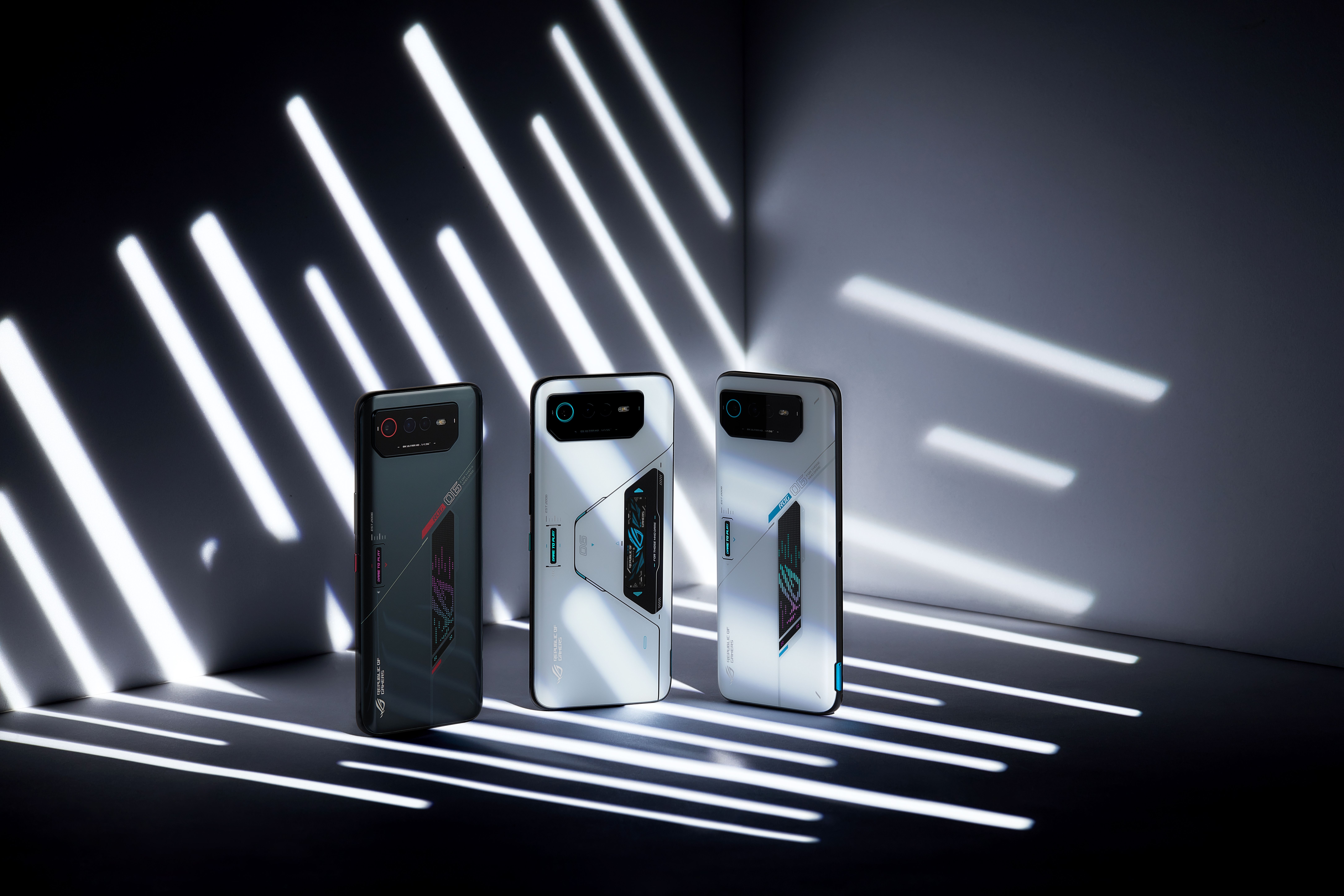Bellevue, Wash.
– T-Mobile plans spring availability of the industry’s first Android-based PND phone,
which was announced earlier this year by
.
Pricing wasn’t announced, but the carrier said
the phone would be exclusive to it.
The Android-based
,
previously called the Nuvifone A50 by Garmin, combines a smartphone and a
portable navigation device (PND). It incorporates high-speed 7.2Mbps HSDPA, Wi-Fi, 3.5-inch
HVGA capacitive touchscreen, virtual QWERTY keyboard, 4GB of flash memory, MicroSD
card slot, accelerometer and on-device wireless sync with Microsoft Exchange
server. Its 3-megapixel geo-tagging camera enables drivers to navigate to
locations appearing in geo-tagged images.
The device is said to offer features unavailable in traditional
smartphones and traditional PNDs. For one thing, consumers can use the
Garminfone to navigate to an address by clicking on it from a text message or email,
contact, calendar appointment or Web page, Garmin said. The device also
remembers where a person’s car is parked and navigate the person back to the
car, a spokesperson added.
The new model also comes
with features not available on current Garmin-Asus PND phones in the U.S., including
the
touchscreen PND phone available through AT&T. The new features
include lane assist with junction view, which guides drivers to the correct
lane for an approaching turn and depicts road signs. A highway mode informs
users of the next three exits ahead and highlights the exit that needs to be
taken. Also new is the Garminfone’s integration of Google’s Street View with Garmin’s
navigation technology. When consumers enter a destination, a picture of the
destination will appear on screen if the destination is in Google’s Street View
database. The picture will reappear on arrival.
Other features include street-name announce,
onboard points of interest (POI) and cellular access to off-board POI data. One
way to access off-board information is via Google local search, and the other
is by clicking on the address appearing in an HTML Web site. Once clicked, the
address is turned into GPS coordinates for navigation. Both also come with
Garmin’s dynamic-information service, which uses cellular to deliver local gas
prices, weather, traffic information, traffic-camera locations, movie times,
flight status, and the like.
Like traditional PNDs, PND phones incorporate onboard maps, POI data and
routing algorithm. Because maps and route-calculation software reside on the
device rather than on a cellular carrier’s servers, however, PND phones offer
several advantages over carrier-based navigation services. Consumers, for
example, don’t have to wait for maps and route information to download over the
cellular network, and the phones can be used for navigation even when cellular
signal is lost.












